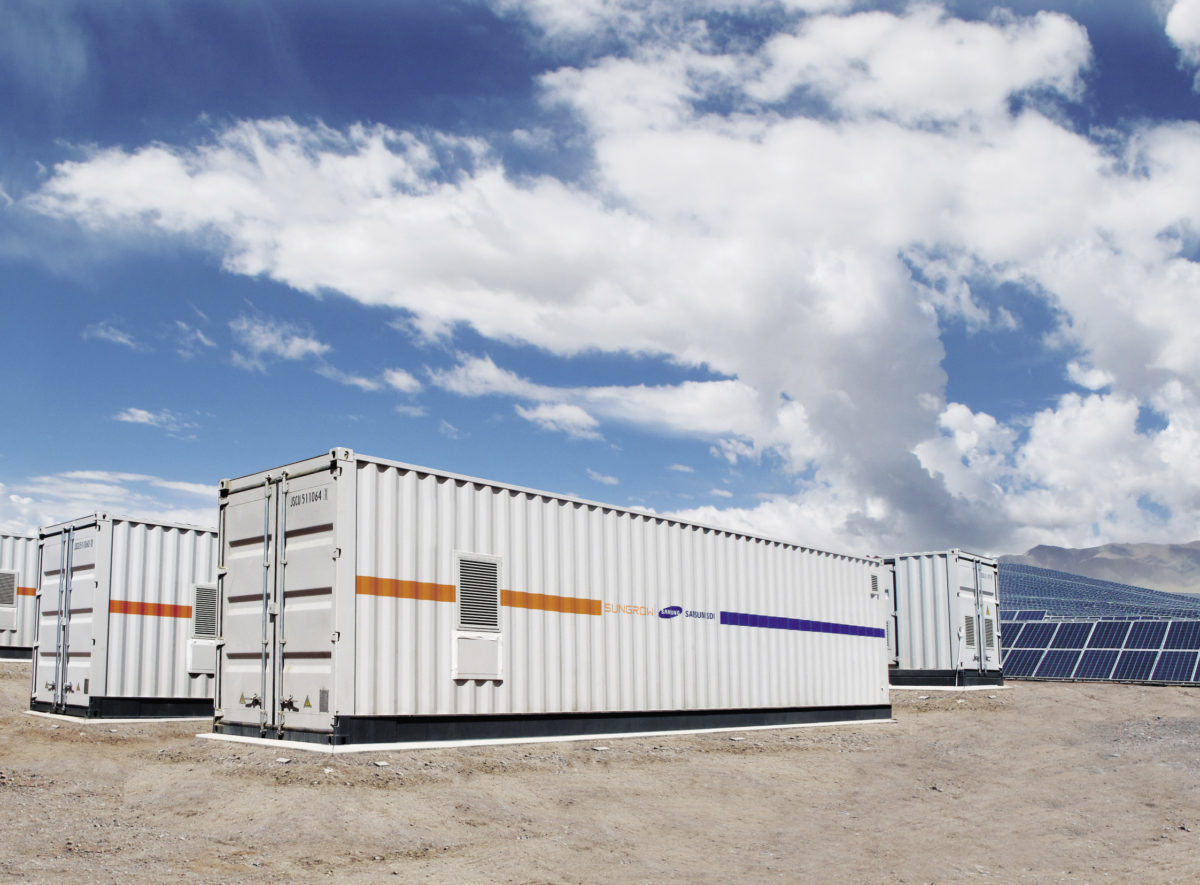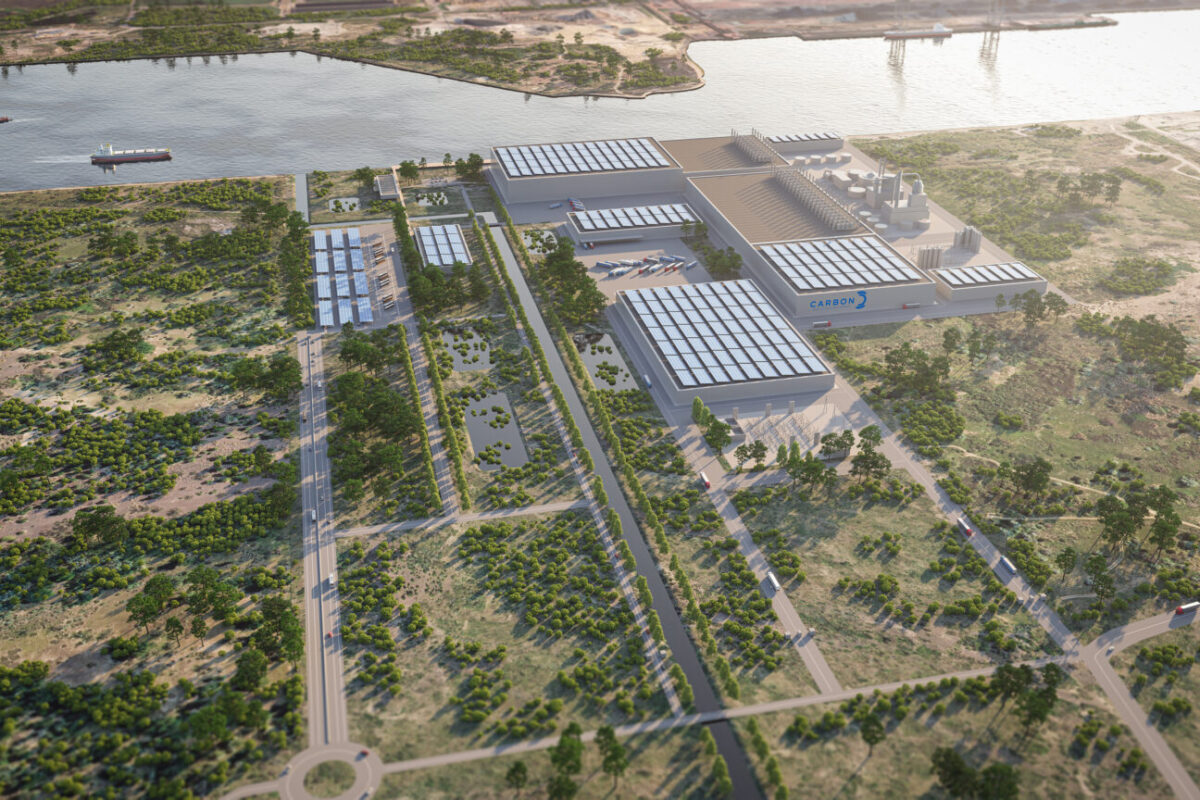From pv magazine, November edition
When the going gets tough, microgrids are the offroad vehicle to bring electricity to those who inhabit some of the most remote places on earth. While the going does not look tough in the Maldives – comprising 1,190 individual islands over a geographical area the size of Scotland – the popular holiday destination faces severe challenges to building an electric grid.
Sungrow has been one of the companies taking on this challenge, and has installed several of its systems on the islands. With only about 200 of the islands inhabited, a sea cable connects only very few of them to a larger grid. The average size of the islands is less than 25 hectares, making the addition of generation and distribution assets even more complicated.
Forming the grid
A microgrid’s primary function is to manage loads and resources in the grid to keep the stable equilibrium of the two. Using solar power as the leading resource, a microgrid requires storage capacity to substitute for rotating masses, which quickly inject power into the grid when loads change. Improvements in battery inverter technology over the last few years have enabled large-scale storage systems to inject voltage or frequency as required in a matter of a few hundred milliseconds.
“Basically, the energy storage system will adjust the active power output of the power conversion systems, as per the frequency fluctuation of the grid, in a bid to maintain a stable working status for the grid,” explains Zhuang Cai, energy storage product manager at Sungrow.
Through the use of relays and very accurate monitoring today’s grid-forming inverters can remedy a 0.5 Hz frequency step almost instantaneously. The devices use single- and double-angle feedforward to achieve this result. The difference to regular inverters is the behavior to react to impulses in the grid. Grid-following inverters tend to follow voltage droops, whereas grid-forming inverters generate a frequency or voltage to counter this change. This is what makes the devices grid-forming.
The Maldives have experienced large-scale deployment of solar microgrids, backed up with battery storage. This leaves diesel gensets mostly idle, available only for prolonged periods of low renewable energy production. Demand has been sizable, with companies installing several dozen microgrids at a time.
Sungrow, for example, has supported the Maldives with 31 microgrids over the past two years. In 2017, the company first supplied materials for micrgrids across the islands of Addu, Villingili, Kurrendhoo, Buruni and Goidho – including PV and storage inverters, Sungrow-Samsung SDI lithium-ion batteries and energy management control systems. The 2017 projects on the five islands were done with Chinese developer CEEC. Jointly, the small projects across the five islands have 2.7 MW of PV capacity and 700 kW/333kWh of battery storage. Sungrow says that last year it supported an additional 26 islands with 4.5 MW/3.2 MWh of energy storage.
At Asia Utility Week in Jakarta in September, Sada Aishath, deputy director of business development and marketing at Malé public utility Fenaka, said that 150 islands have been electrified.
Island energy
It’s cheaper
The Maldives are not rolling up their sleeves and building technically challenging microgrids by the hundreds to send a message to the world – well, at least that is not the only reason. Instead, it is because microgrids have become a cheaper, more practical solution.
Microgrid deployment is thriving, with newly installed capacity of around 500 MW per quarter, according to Navigant Research’s microgrid tracker.
The analyst outfit has been monitoring the technology’s global deployment and points out that the majority of projects have been built in the Asia-Pacific region. According to the National Bureau of Statistics of the Malé Ministry of Finance and Treasury, the country spends between $24 million and $45 million per month on the import of fuels. This is not only very expensive, but also highly volatile, due to geopolitical realities.
Cai explains that “the diesel plus PV plus storage system can guarantee a lower levelized cost of energy compared with a diesel-only generation system.”
This rings true not only in the Maldives, but also throughout many remote, isolated regions across Asia-Pacific, where diesel fuel regularly needs to be shipped in at high costs and is often distributed through monopolized structures, which further drives up prices.
Proving resiliency
Sungrow says that it has improved the quality of power supply on the islands where its systems are installed, as the grid-forming capabilities of the inverters render a grid inherently more resilient.
Indeed, microgrids are being deployed not just on remote islands, but also in regions where power supply is already safely available. It is done to improve resilience in the U.S. around data centers, military bases, and hospitals, for example (see pp. 36-38).
Also, in Europe, grid engineers have been piloting microgrids as an alternative to expensive grid infrastructure developments, as needed in Germany. This August, a massive blackout hit the southeastern U.K. and parts of London, when a wind farm and a gas power station failed due to weather-related incidents. A sudden frequency drop had killed the lights in large parts of the country. A plethora of microgrids arranged in a cellular manner likely would have contained the damage to a much smaller area. The German association of electrical technology (VDE) published a white paper asserting that this cellular grid layout will be the one to pursue for the future of the energy transition – when the going gets tough.
This content is protected by copyright and may not be reused. If you want to cooperate with us and would like to reuse some of our content, please contact: editors@pv-magazine.com.




I have discussed using a Cellular Topology grid as opposed to the legacy Backbone architecture that has been used for the past century and often encountered hostility & even derision. It’s quite ironic that the concept is likened to Computer Network infrastructure … Time to move beyond Token Ring or Arcnet !
I am Ex military & a former IT Engineer so, not rocket science to understand the topology but it is hard to explain to the average person. Fortunately with the lest technologies coming available a Cellular type of system is really the only sensible & realistic thing to do. This is even more important now as climate impacts are worsening reliability of the Backbone systems and exposing humanity to greater risks as a result.
The Maldives can become a shining example to hold up for others to see. Even the Big Power Corporates who maintain that Backbone Topology is the only way (for profit taking) will have to adjust as such examples come to light. I believe that we will see a Hybrid Meshed Cellular system being deployed in most regions which will incorporate HVDC Backbone transmission mesh from generation & storage to distribution centres which are interconnected yet capable of islanding . isolation of “down cells” while maintaining overall operations in non-affected areas.